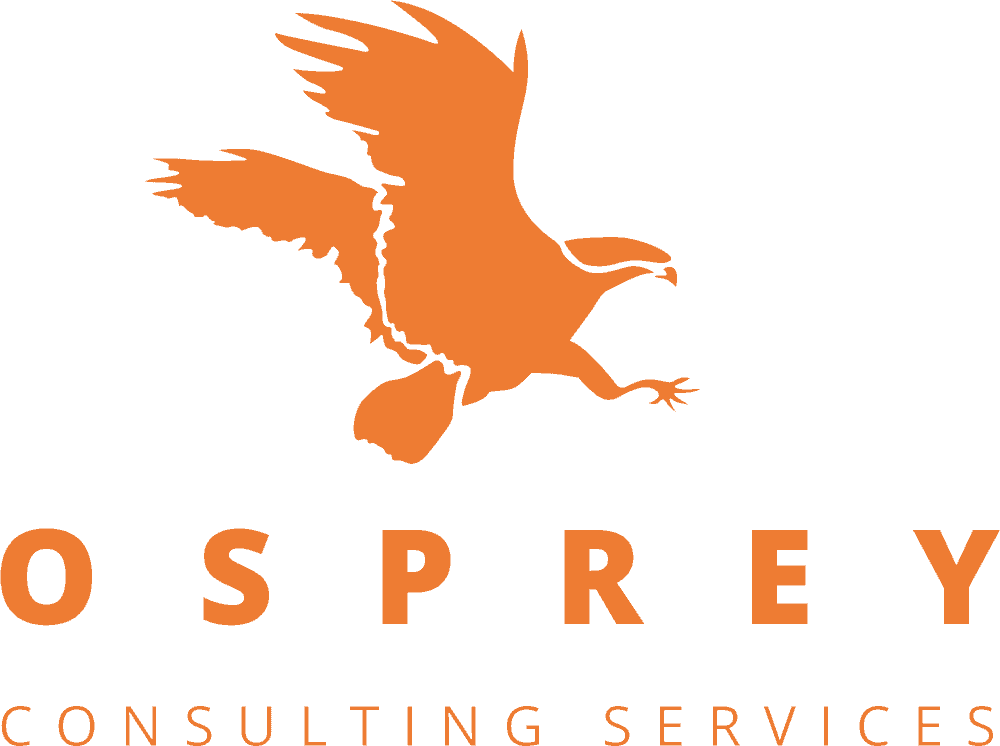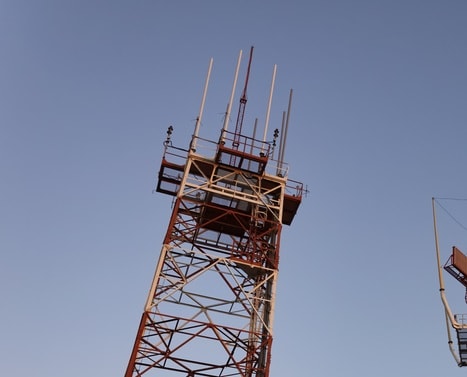Business Need
To satisfy the latest EUROCONTROL Single European Sky (SES) Regulation – Newcastle International Airport (NIA) were replacing the eight Receivers and eight transmitters that comprised their Air Ground Voice Communication Systems (VCS) capability to facilitate 8.33kHz channel spacing. This involved the redeployment of existing assets from the contingent tower facility and the installation of new assets into the equipment room in the New Control Tower Building. The nature of this work dictated that it would be conducted in two tranches – Receivers in 2015 and the Transmitters in 2016.
Our Role
Osprey were commissioned to develop the required safety assurance, through the production of appropriate safety cases, that would represent the programme of works with due cognisance to the required UK Regulatory Approvals process.
Osprey CSL undertook the following tasks:
- Redeveloped the existing Part 1 Safety Case, maintaining the Hazard Identification and Hazard Analysis but aligning it to the NIA Safety Management System and recalculating the Safety Objectives accordingly.
- Developed a VCS Part 2 Safety Case drawing in the current evidence for the existing VCS but reflecting the reconfiguration and the replacement radio equipment within the associated analysis – Transmitters and Receivers.
- Developed the VCS Part 3 Safety Case Edition 1 and Edition 2 satisfying NIA programme constraints and representing a phased approach to the delivery in 2015 and then finally in 2016:
- Edition 1 – Transition of VCS and VHF RXs in 2015;
- Edition 2 – Transition of VHF TX in 2016.
- Developed the VCS Part 4 Safety Case Edition 1 and Edition 2 satisfying NIA programme constraints and to represent the phased approach for the equipment status and in service operational support requirements initially in 2015 and then finally in 2016
- Edition 1 – In Service Support for VCS and VHF RXs in 2015;
- Edition 2 – In Service Support for VHF TXs in 2016
The Outcome
Osprey, working in cooperation with the NIA Senior Air Traffic Engineer, Nat Clark, and supported by his professional team, ensured that the Equipment was installed, tested and transitioned safely and without interruption to NIA Air Traffic Service and delivered the Safety Case and Safety Programme acceptable to the UK Regulatory Authority and achieved ANO Article 205 Approval on time.

